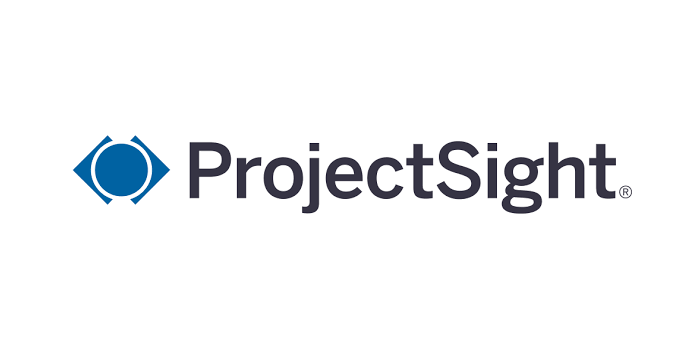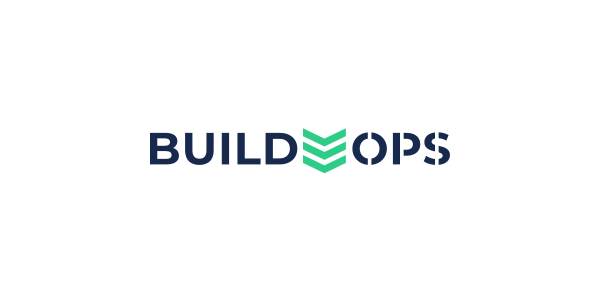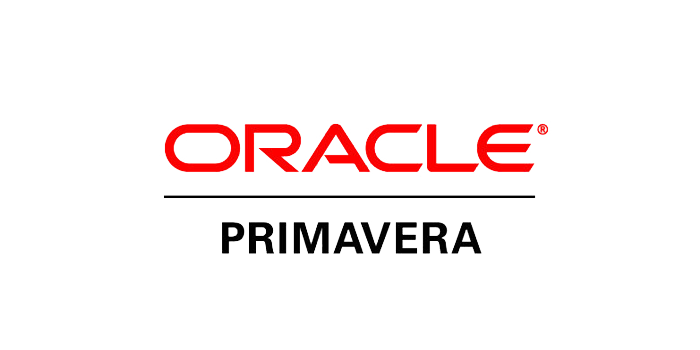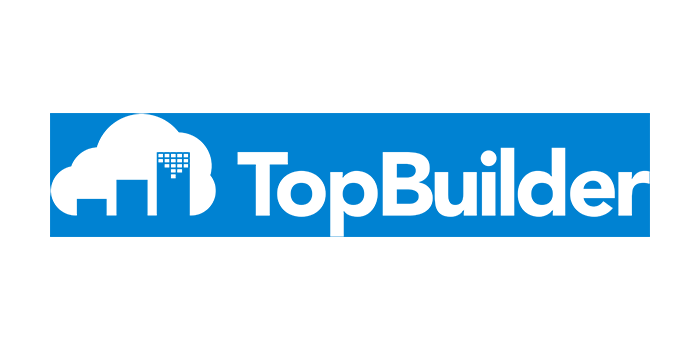The Role of Construction Software Technology in Mitigating Risk
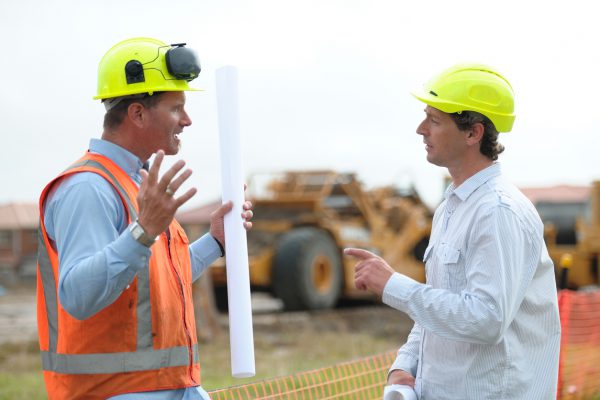
Article written by Natalie RItchie on the Viewpoint blog
If you do a little digging, you may notice that many industries utilize development and maintenance processes that are often repetitive and standardised across the scope of their operations. This may work for them. However, within the construction sector there are multiple aspects which require different approaches, meaning a one-size fits all approach is not appropriate. Each project requires a distinctive output, may be run by various departments, and may be undertaken under a unique set of circumstances. It is akin to a large machine with multiple moving parts and it is because of these multiple parts and unique approaches that there can be a tendency for miscommunication, teamwork issues, and conflicts.


 Managing cash flow for a large construction project is tricky — not just because you don’t get paid immediately, but also because you’re dealing with progress claim preparation, submission deadlines, varying substantiation requirements and variation and claim negotiations — all of which distract you from actually doing the work and finally getting payment.
Managing cash flow for a large construction project is tricky — not just because you don’t get paid immediately, but also because you’re dealing with progress claim preparation, submission deadlines, varying substantiation requirements and variation and claim negotiations — all of which distract you from actually doing the work and finally getting payment. Document management might not sound glamorous, but effective document management is critical to the success of construction projects. As contractors move from pen and paper to digital, paperless operating environments, they have found a variety of solutions for document management available to them, some more sophisticated than others.
Document management might not sound glamorous, but effective document management is critical to the success of construction projects. As contractors move from pen and paper to digital, paperless operating environments, they have found a variety of solutions for document management available to them, some more sophisticated than others. While many project managers today are still utilizing manual processes or working with significantly outdated software, it is becoming clear that this is less of a matter of choice. According to a 2015 Construction Technology Report1 by JBKnowledge in conjunction with the Construction Financial Management Association and others, 77.4 percent of respondents considered mobile computing capabilities on the project jobsite to be either “important” or “very important.”
While many project managers today are still utilizing manual processes or working with significantly outdated software, it is becoming clear that this is less of a matter of choice. According to a 2015 Construction Technology Report1 by JBKnowledge in conjunction with the Construction Financial Management Association and others, 77.4 percent of respondents considered mobile computing capabilities on the project jobsite to be either “important” or “very important.”
